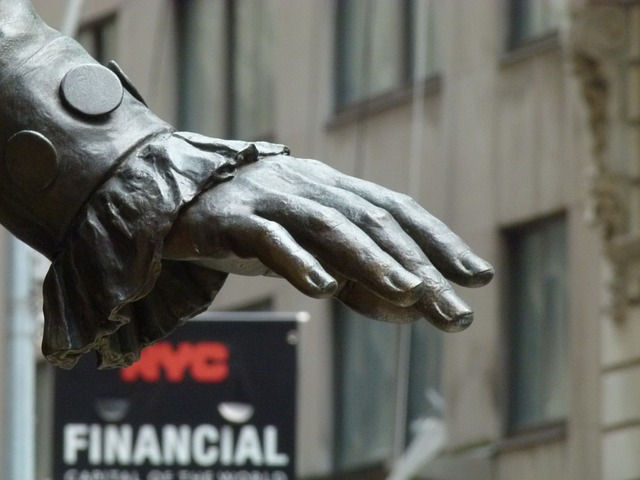The U.S. stock market’s two-week rally is even stronger than it looks. That’s saying something, since this rally has already tacked on impressive gains. As of the market’s close prior to the Memorial Day exchange holiday, the S&P 500 SPX, -0.63% was 6.6% higher than where it stood at its mid-May low. The Nasdaq Composite COMP, -0.41% was 8% higher, and the Russell 2000 Index RUT, -1.26% was 9.9% above its May low.
Yet the stock market’s internals are even stronger than these headline numbers suggest. One illustration of this sub-surface strength: over the three trading sessions prior to Memorial Day, the stocks that fell in price did so on lighter volume than the stocks whose prices rose.
Take Wednesday, May 25, for example, when three times as many stocks in the S&P 500 rose as fell. According to Hayes Martin, president of advisory firm Market Extremes, that day’s ratio of upside volume to downside volume for S&P 500 stocks was 7.6 — more than twice as high. Something similar was seen the next day, May 26: the ratio of advances to declines on the S&P 500 was 8.4, while the ratio of upside volume to downside volume was 11.7. May 27’s ratio of upside-volume to downside volume was even higher, at 12.8.
These high ratios are one indication of the power behind what market technicians refer to as the market’s “thrust.” Martin told me in an interview that he focuses on more than 20 similar measures of thrust, and he said that the stock-market’s thrust from Wednesday through Friday of last week was stronger than on only a handful of other occasions over the past four decades. It “signifies a level of intense buying pressure that is rarely seen, …comparable to extremes at a number of significant lows.”
The stock market produced handsome average returns in the wake of those prior occasions, as you can see from the chart below. It shows the S&P 500’s average return over the subsequent three-, six- and 12-month periods following the nine other occasions since the early 1980s that, according to Martin’s work, experienced three consecutive days of similarly powerful upward thrust.
Over the years I have reported on Martin’s predictions of market turning points, which overall have been impressive. (For the record: Martin does not have an investment newsletter; my newsletter-tracking firm does not audit his investment performance.) The last time I reported on Martin was in early May, when he was predicting an 8% to 15% rally. The market’s recent gains have satisfied that prediction.
Last week’s market action has led Martin to become more bullish than he was a month ago. He now predicts that the rally from the market’s recent low will be in the 15% to 25% range, with the “largest gains in the Nasdaq and technology arenas.”
Does this mean that the bear market is over? On this, Martin says the “jury is still out.” At a minimum, however, he says that a retest of the market’s recent lows is not likely in the next month or two.
Martin added that his assessment of the market’s potential is not changed by the stock market’s mediocre performance in the first trading day after the Memorial Day holiday, when the major stock market averages each fell by less than one percent. “Nothing in May 31’s trading made me less bullish,” he said, adding that the bullish significance of the stock market’s recent powerful upside thrust is expected over a several-month horizon rather than a single trading session.
Mark Hulbert is a regular contributor to MarketWatch. His Hulbert Ratings tracks investment newsletters that pay a flat fee to be audited. He can be reached at mark@hulbertratings.com
More: U.S. stock market rebound will run out of steam, Wall Street’s most vocal bear says
Also read: Fed’s quantitative tightening is about to arrive: What that might mean for markets

